International Break: Over. The Manchester Derby Awaits ⏳
The two-week pause that divided the season is finally done. For players, fans, and coaches alike, the international break is a strange interlude — part pride, part frustration. Pride, because players pull on their national shirts and represent their countries. Frustration, because for club fans, the relentless rhythm of domestic football is interrupted, just as momentum builds.
Now, though, all eyes turn back to club football. And not just any fixture. Waiting immediately on the horizon is one of the most dramatic clashes in world football: the Manchester Derby.
—
The International Break: A Necessary Pause
International breaks have long divided opinion. Managers often dread them, wary of fatigue, injuries, and the disruption of carefully built tactical structures. Fans, too, can be ambivalent — enjoying the spectacle of international competition but longing for the return of their club’s familiar colors.
For Manchester United, this break came at a delicate time. Ruben Amorim’s project is still in its early stages, with performances showing both promise and fragility. United supporters were beginning to see glimmers of identity under the Portuguese coach, but uncertainty still hovers over results. The pause may have provided time for Amorim to drill ideas into those players who stayed at Carrington, but it also carried the familiar risk: that returning internationals come back fatigued or worse, injured.
Manchester City, meanwhile, entered the break with uncharacteristic wobbles. Pep Guardiola’s side have been below their usual perfection this season, giving rivals hope that the champions can be tested. Yet they remain formidable — packed with quality, drilled in Guardiola’s philosophy, and hardened by years of dominance.
—
The Derby Looms
There are big games, and then there are derbies. The Manchester Derby is not merely a football match. It is history, identity, pride, and rivalry condensed into ninety minutes.
For United, this weekend’s clash is an opportunity to measure progress under Amorim. For City, it is another chance to assert superiority and remind their neighbors who rules Manchester.
The storylines are rich:
Can Amorim outthink Guardiola in his first derby?
Will United’s forwards find the cutting edge they have lacked?
Can City maintain their dominance, or will United strike a blow that shifts momentum?
—
United’s Preparation
United’s build-up to the derby has been shaped as much by absences as by training sessions. The international break saw many of their key players depart, but Amorim worked closely with those left behind. It has been reported that the coaching staff doubled down on tactical drills, particularly in transition phases — an area where City are both vulnerable and deadly.
The biggest concern for United is player fitness. Several stars faced heavy workloads during the break, while others nursed minor knocks. Amorim knows that to compete with City, he must field a side full of energy, discipline, and confidence.
Yet there are reasons for optimism. The likes of Rasmus Højlund, Alejandro Garnacho, and Marcus Rashford are eager to prove themselves on the big stage. And if Matheus Cunha is fit enough to feature, he could add an element of creativity that United badly need.
—
City’s Preparation
Manchester City are used to derbies being framed as must-wins for their opponents. For them, this fixture is another checkpoint in their relentless pursuit of trophies. Guardiola’s biggest challenge is balancing his squad’s physical state after international duty. With so many internationals, City players often travel the globe before returning to Manchester in need of recovery.
Erling Haaland will be central, as ever. United have struggled to contain him in past encounters, and stopping his supply line is easier said than done. City’s midfield, orchestrated by Kevin De Bruyne and Rodri, remains their heartbeat. United will need to disrupt this pairing to have any chance of controlling the match.
—
Tactical Battles to Watch
Derbies are often decided in moments, but the tactical framework still matters. Three battles stand out:
1. The Midfield War
Amorim’s midfield must compete with City’s technical precision. Whether he deploys Kobbie Mainoo alongside Casemiro or opts for extra legs in the middle, United cannot afford to lose this zone. Balancing defensive solidity with forward thrust will be key.
2. United’s Wide Threats vs City’s Full-Backs
Rashford and Garnacho thrive on space, but City’s full-backs are disciplined. Amorim may look to exploit City’s high line with quick counters. Execution will need to be ruthless.
3. Haaland vs United’s Defence
United’s center-backs face the toughest task in football: containing Haaland. Physical battles, aerial duels, and concentration will all be tested. But shutting down service into him may be even more important.
—
Psychological Edge
Beyond tactics, derbies are mental battles. City enter with confidence from years of dominance. United enter with hunger to prove themselves and restore pride.
Amorim’s biggest challenge may not be tactical at all — it may be instilling belief. United players must walk onto the pitch believing they can win, not fearing damage control. This is where the energy of Old Trafford (if it is the venue) or the defiance of United’s traveling fans (if away) will play a role. Atmosphere fuels derbies as much as quality.
—
Fans’ Perspective
For supporters, the international break is always endured rather than enjoyed when a derby looms immediately after. The anticipation builds like pressure in a valve. Social media is already ablaze with predictions, banter, and reminders of past moments — from Rooney’s bicycle kick in 2011 to City’s 6-1 demolition in 2011 at Old Trafford.
United fans crave a performance that signals progress. City fans expect their dominance to continue. Both sets of supporters know that derbies live long in memory, shaping narratives far beyond the table.
—
What’s at Stake
On paper, it is three points. In reality, it is much more.
For Manchester United, a strong showing — and ideally a victory — would vindicate Amorim’s early work and energize the squad. It would offer proof that United are not just rebuilding, but ready to challenge the very best.
For Manchester City, it is about maintaining supremacy. Guardiola has built a dynasty, but derbies carry emotional weight. Dropping points to United, particularly if their performance looks second-best, could inject doubt into a side that thrives on inevitability.
—
The Return of Club Football
After the stop-start rhythm of international fixtures, the return of club football is like oxygen to fans. There is something grounding about the weekly cycle of league matches, the familiar narratives, the tribal rivalries. And nothing re-establishes normality quite like a derby.
As the countdown ticks away, excitement builds. The break is over. The stage is set. City and United are ready to write another chapter in their storied rivalry.
—
Conclusion
International breaks are necessary, but they always leave fans itching for the return of club football. This time, the wait ends with the Manchester Derby — a clash that transcends the league table and speaks to the identity of both clubs.
For Ruben Amorim, it is the first chance to prove his United side can go toe-to-toe with Guardiola’s champions. For Manchester City, it is another opportunity to assert dominance. For players, it is about seizing the stage. For fans, it is about bragging rights that last until the next meeting.
The pause is over. The talking is almost done. The derby awaits.
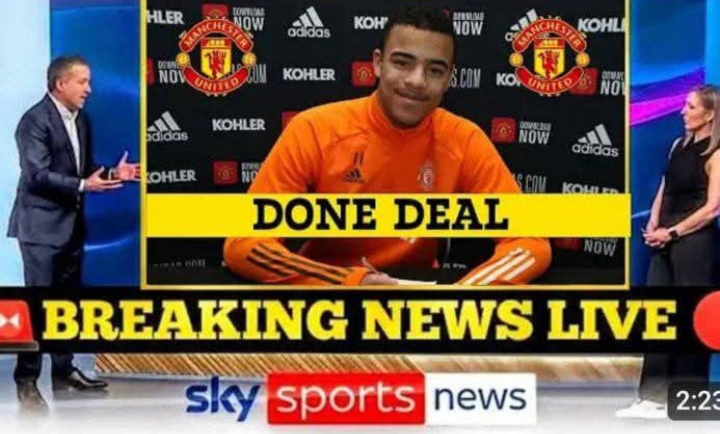

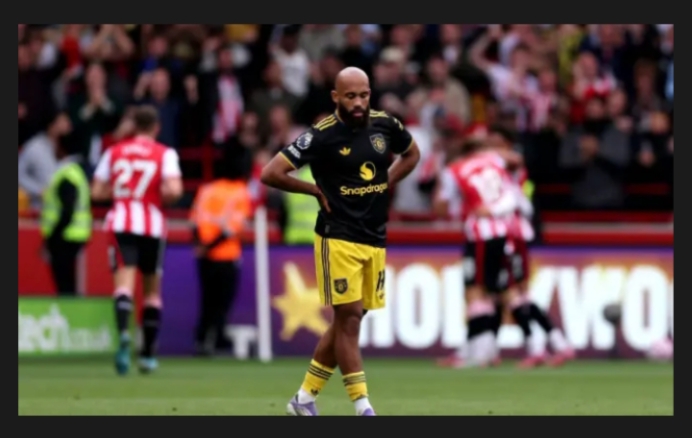

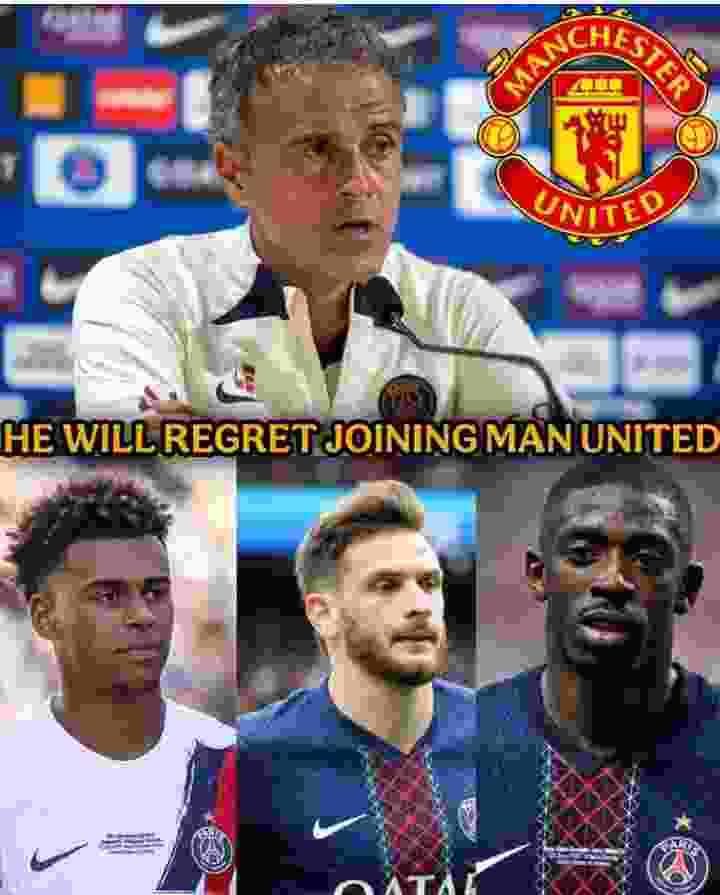
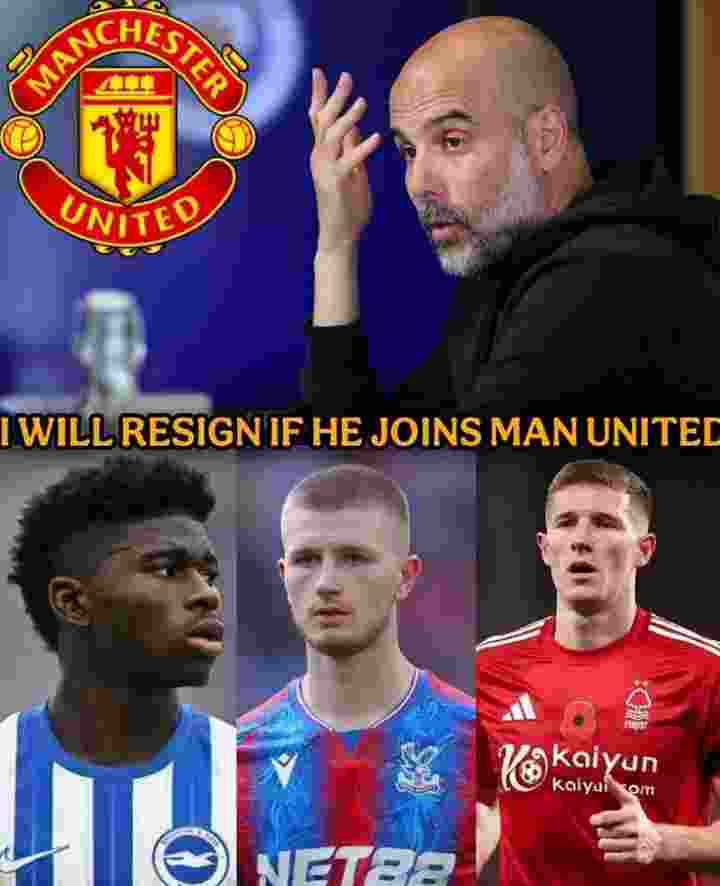
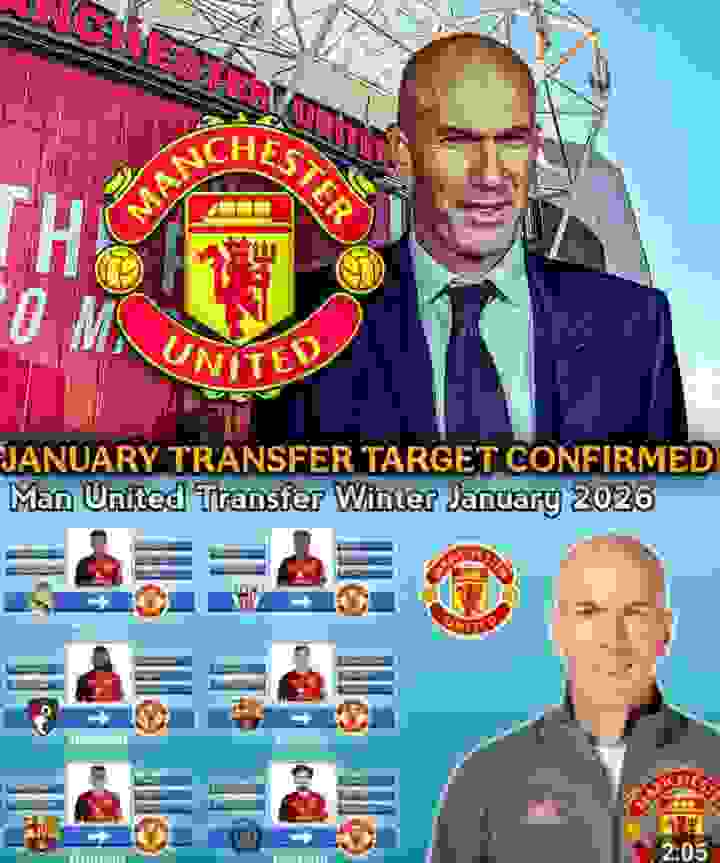
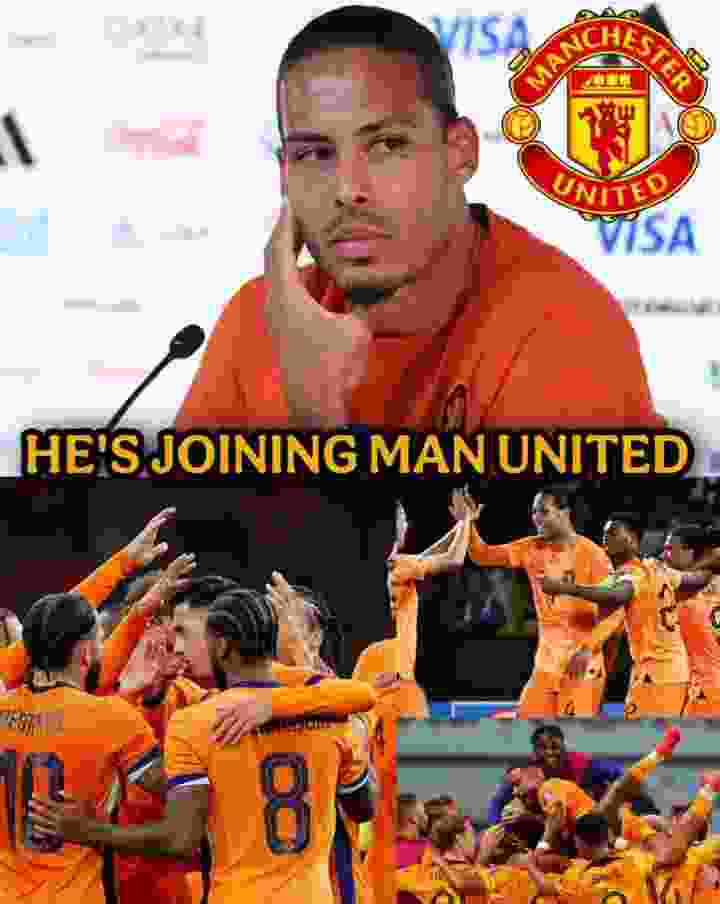
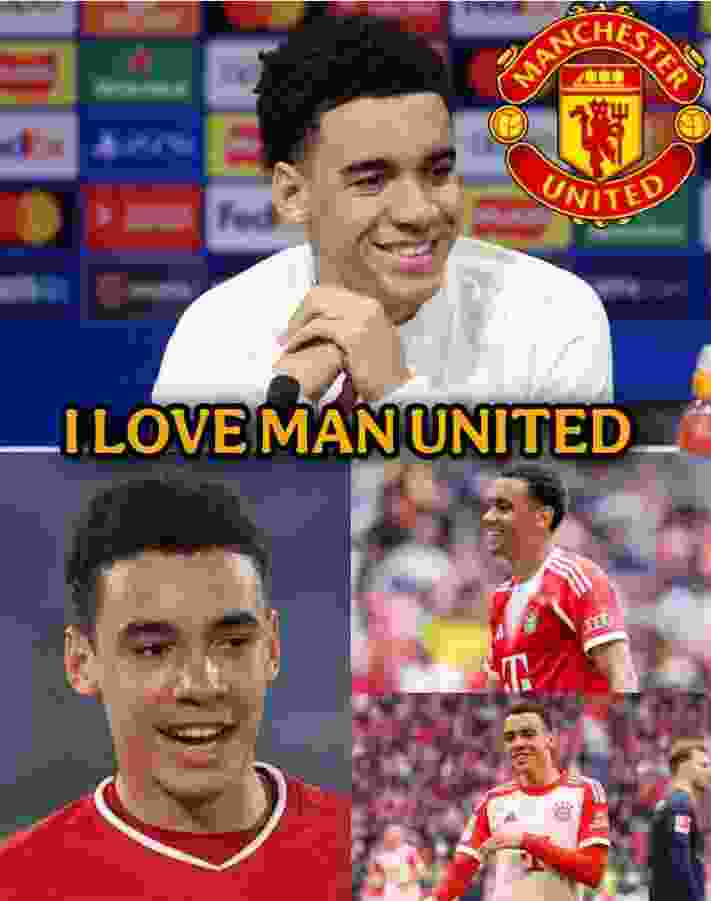

Leave a Reply